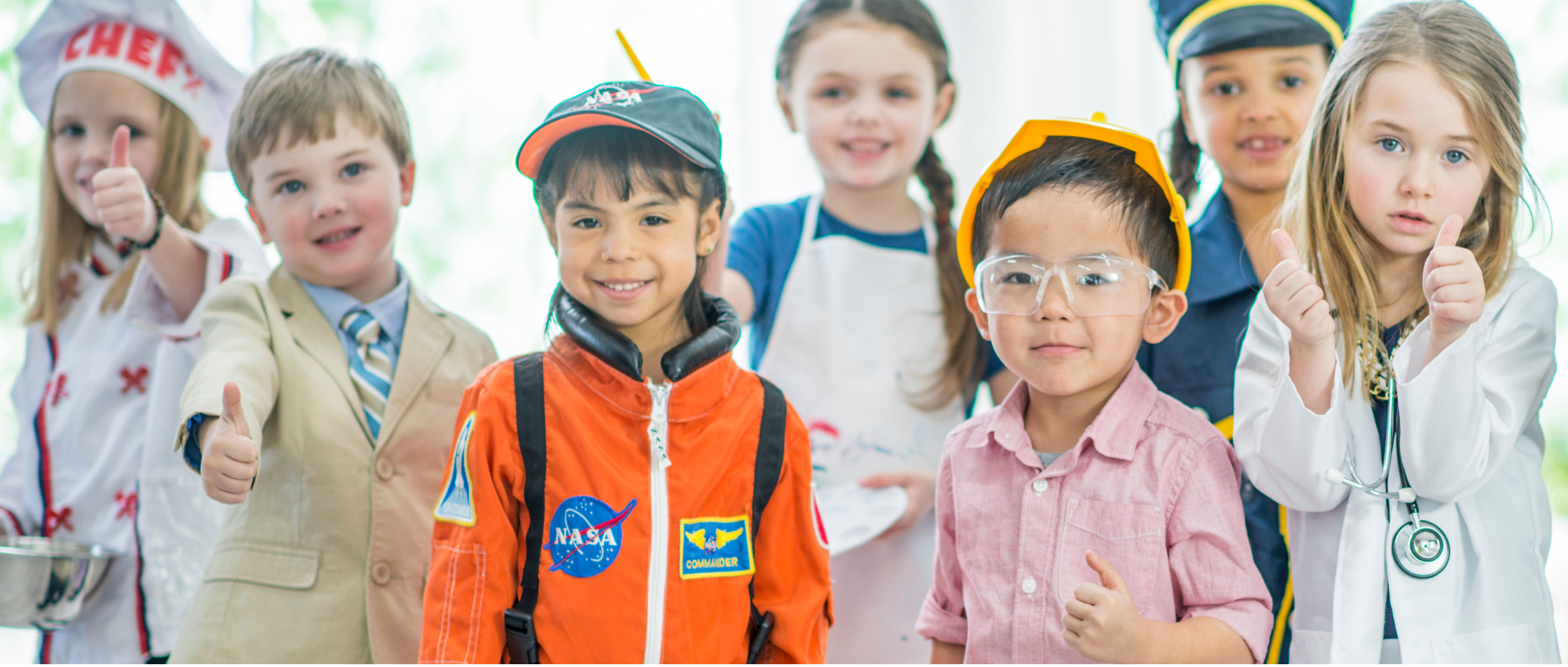
In a world where the future of work is changing rapidly, the path from classroom to career has never been more important—or more complex. Recent research from American Student Assistance (ASA), especially their Extending the Runway report and Vermont-specific case study, highlights the urgent need to start career exploration earlier, ideally in middle school. It’s not just about choosing a major or a job—it’s about helping students understand their interests, build confidence, and make informed decisions that lead to fulfilling careers.
That’s exactly what the Vermont Area Health Education Center (AHEC) Network is doing—and has been doing—with its health career exploration programs.
What the ASA Research Tells Us
ASA’s national report, Extending the Runway, makes a compelling case for embedding career readiness into the school experience long before students apply to college. Middle schoolers, the report argues, are at a critical point for self-discovery and skill development. By providing meaningful exposure to different careers, students are more likely to pursue paths that truly resonate with them.
The Vermont case study brings that vision closer to home. It showcases how Vermont’s Flexible Pathways Initiative requires students to develop Personalized Learning Plans (PLPs) in grades 7–12. These plans include real-world experiences like job shadowing, informational interviews, and community-based learning. It’s a powerful model—and the Vermont AHEC Network is one of the organizations bringing it to life.
How The Vermont AHEC Network Extends the Runway
The Vermont AHEC Network offers a variety of programs designed specifically to introduce students—especially in rural and underserved areas—to careers in health and medicine. Their work mirrors and supports the ASA recommendations in several key ways:
- Early Exposure (Grades 5–12): From classroom presentations to summer enrichment programs, students get hands-on experience and real-world insight into health professions.
- Mentorship Opportunities: Through the HERO Mentoring Program, high school students are paired with University of Vermont Larner College of Medicine students for mentorship, encouragement, and support.
- Immersive Experiences: The Vermont AHEC Network partners with the Governor’s Institutes of Vermont to offer a Health and Medicine Institute where students dive deep into anatomy, ethics, public health, and clinical skills.
- Career Pathway Tools: They provide students with planning tools, skill-building resources, and exposure to college and career options—all of which help make the abstract idea of “a future in healthcare” much more concrete. An important piece of this effort is vthealthcareers.org, a statewide hub where students, parents, and educators can explore healthcare career options, educational pathways, and local opportunities. It serves as a one-stop shop for discovering what’s possible—and how to get there.
Bridging Policy and Practice
The ASA research calls for bold, early interventions that help students build a career identity before they graduate high school. Vermont’s policy framework sets the stage. The Vermont AHEC Network delivers on that promise, making sure students—especially those in underserved areas—have access to high-quality health career exploration.
In short, they’re not just extending the runway. They’re helping students take flight.

